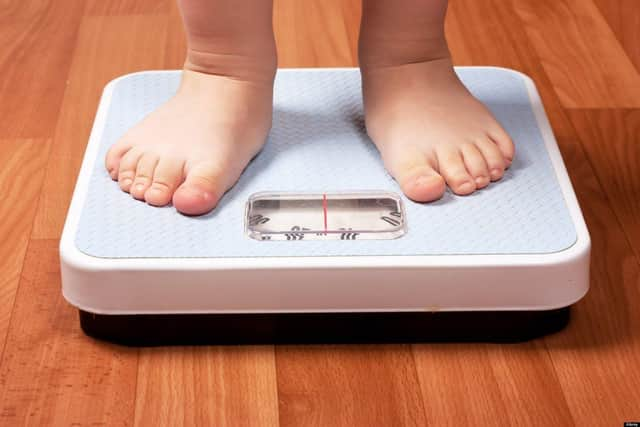Childhood obesity: Three quarters of Year 6 boys in the North West now classed as obese
and live on Freeview channel 276
The shocking stats have been revealed in a Government report - with experts saying there has been a dramatic rise in obesity since the pandemic.
Now the NHS has revealed plans to double the number of specialist obesity clinics across the country – from 15 to 30.
Advertisement
Hide AdAdvertisement
Hide AdWhat's changed?


Every year officials measure the height and weight of more than one million children to assess childhood obesity.
The latest report shows that in the North West, 14,340 Year 6 children were classed as obese in 2019/20, before the pandemic hit.
According to the UK Addiction Treatment Group, this equated to an average 23 per cent of children measured who were obese.
New figures show this count has rocketed by 40 per cent to 20,010 Year 6 children classified as obese in 2021/22, averaging at 25 per cent of those measured being obese.
Advertisement
Hide AdAdvertisement
Hide AdThe majority of obese Year 6 children in the North West are boys - 8,105 in 2019/20 rising to 11,395 in 2021/22.
As it stands, three quarters (75 per cent) of all Year 6 boys in the North West are obese.
Severely obese
Further analysis of the Government’s report by UKAT reveals that in 2019/20, just 3,270 Year 6 children in the North West were classed as ‘severely obese’. This has risen by 52 per cent in two years to 4,995. Again, the majority of these (3,030) are boys.
What does the NHS say?
NHS Chief Executive Amanda Pritchard announced at an Expo in Manchester last week that “doing nothing is not an option” and that earlier intervention can prevent long term health problems such as heart attacks and strokes.
Advertisement
Hide AdAdvertisement
Hide AdA new initiative launched by the NHS is backed by £18 million over the next two years, and will double the ambitions set out in the NHS Long Term Plan to introduce 15 new obesity clinics in England.
How will the clinics work?
The focus of the NHS obesity clinics is to allow children and young people direct access to NHS doctors, nurses, psychologists, social workers and dieticians who will help provide tailored care and diet plans and lifestyle changes.
The clinics are also intended to identify the factors which cause obesity in the first place.
Call for caution
Nuno Albuquerque, Head of Treatment at the UKAT said: “Children and young people should not be obese, as not only does it put a real strain on their physical and mental development, it also embeds really unhealthy relationships with food and body image from a very early age.
Advertisement
Hide AdAdvertisement
Hide Ad“This is why we’re very keen to ensure that the NHS’s obesity clinics are not just rolled out as mass ‘diet-plans for kids’; care and caution needs to be in place to ensure that a child does not develop an eating disorder or a body dysmorphic disorder.
“Ultimately, preventing obesity starts with education, for both the child and their parents, as it will likely be the parents who are the primary providers of what the child is eating on a daily basis. We’re hopeful that the NHS obesity clinics will place as much focus on the child with obesity as they do towards educating and encouraging the parents, because the support network is the key to success in young patients.”